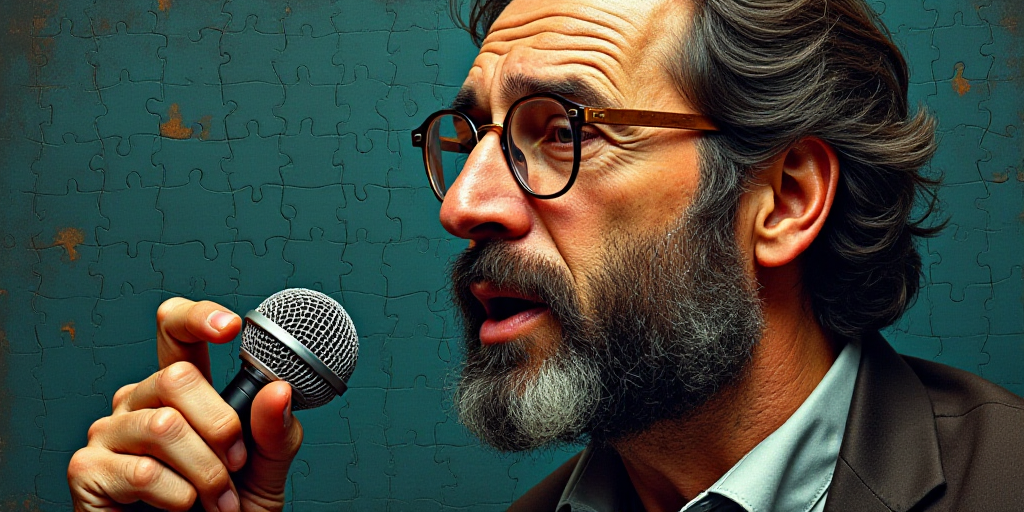Background on Ali Khamenei and His Role
Ali Khamenei, the Supreme Leader of Iran since 1989, holds an influential position in the Islamic Republic. His role combines that of head of state, commander-in-chief of the armed forces, and ultimate authority on all state matters. Khamenei’s position is unique in that he is both a religious and political figure, deeply entrenched within Iran’s theocratic system.
Recent Tensions and Military Actions
In June 2019, tensions escalated when the United States withdrew from the Iran nuclear deal and reimposed sanctions. In recent years, there have been military confrontations, including the U.S. drone strike that killed Iranian General Qasem Soleimani in January 2020. Additionally, Israel has reportedly conducted airstrikes targeting Iranian military assets in Syria.
Potential Implications of Khamenei’s Fall
Should Khamenei fall from power, it does not automatically ensure the establishment of a democratic regime in Iran. The country’s opposition is fragmented, and there isn’t a clear democratic alternative poised to take over.
Key Players in Iranian Opposition
Reza Pahlavi, the son of the last Shah of Iran, Mohammad Reza Pahlavi, is one of the prominent figures in the opposition. He resides in the United States and advocates for restoring Iran’s monarchy. However, he lacks significant support within Iran or among the diaspora.
Another group is the Mujahedeen-e Khalq (MEK), led by Maryam Rajavi. The MEK claims to represent the Iranian people’s desire to overthrow the current regime. Yet, they face skepticism due to their past alliance with Saddam Hussein during the Iran-Iraq War.
Concerns Over Ethnic and Religious Divisions
Iran’s diverse ethnic makeup, including Kurds, Arabs, Baluchis, and Turkic groups, adds complexity to any potential regime change. Experts like Thomas Juneau from the University of Ottawa warn that without a well-organized democratic alternative, there’s a risk of a military takeover by the Revolutionary Guards, transitioning Iran from a theocracy to a military dictatorship.
Key Questions and Answers
- Who is Ali Khamenei? Ali Khamenei is the Supreme Leader of Iran, holding significant religious and political authority within the Islamic Republic.
- What would happen if Khamenei fell from power? There is no clear democratic alternative ready to take over, and there’s a risk of power vacuum being filled by hardliners like the Revolutionary Guards, potentially leading to a military dictatorship.
- Who are the key figures in Iranian opposition? Reza Pahlavi, son of the last Shah, and Maryam Rajavi of the Mujahedeen-e Khalq (MEK) are notable figures, though both lack widespread support.
- What are the concerns regarding a regime change in Iran? The fragmented nature of the opposition and Iran’s ethnic diversity pose significant challenges, increasing the likelihood of unintended consequences such as a military takeover.






